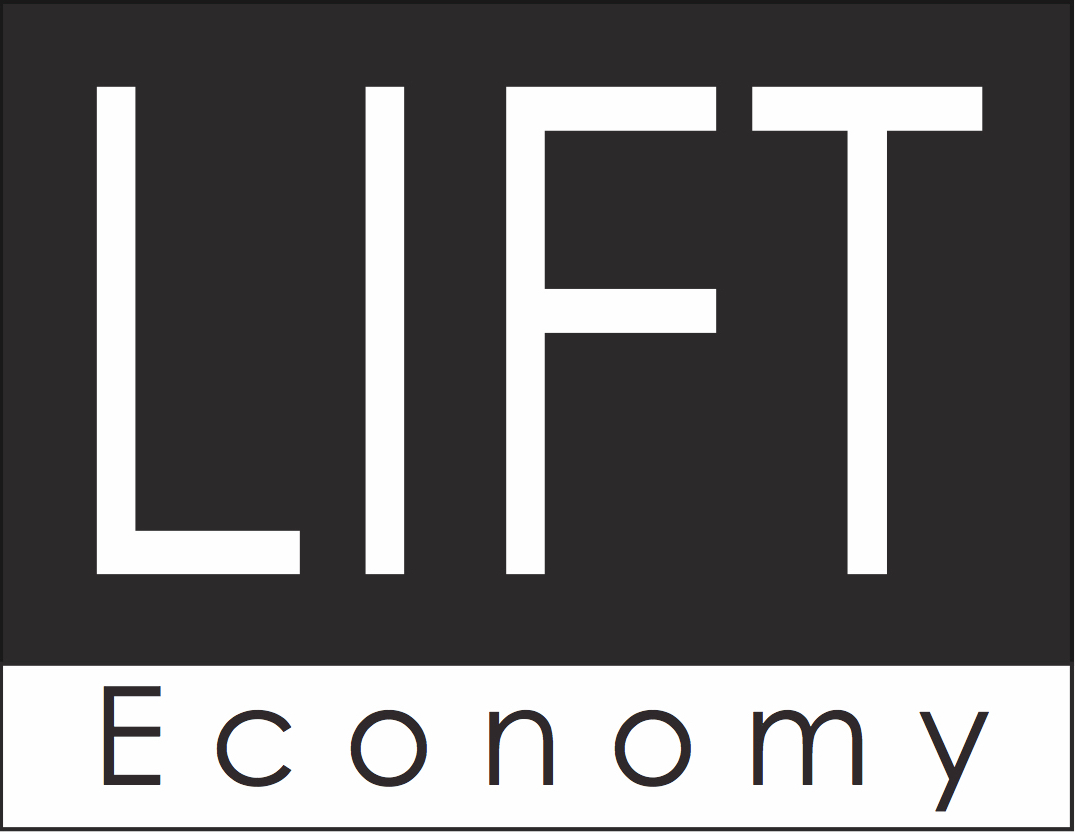What do investors really think about Certified B Corps and benefit corporations? Ripple Foods is both a Certified B Corp and a benefit corp—and they have raised over $100M in venture capital from mainstream investors. LIFT Partner Ryan Honeyman spoke to Adam Lowry, Cofounder and Co-CEO of Ripple Foods, to get his thoughts.
Q: You have raised over $100 million in venture capital from well-known investors like GV, Goldman Sachs, and Khosla Ventures. Have your investors had any positive and/or negative reactions to Ripple being a benefit corporation?
A: Positive! Most established firms are fully on board with, or exclusively investing in, companies that drive social and environmental good. They want those companies to be authentic—driving measurable results and being transparent about what they do and don’t do well and, most importantly, building the capability of continuous improvement. I have never had a potential investor avoid making an investment in our company because we are a benefit corporation.
Q: What sort of language, examples, or arguments have you found effective in helping investors get comfortable with the benefit corporation legal structure?
A: The primary concern I hear is “Does this structure create any new or additional liabilities that a more traditional structure does not?” It helps to have at least a cursory understanding of shareholder provisions. When that is addressed, investors are generally very comfortable. If you need to go in depth, bring in a lawyer with expertise in that area. At times I have leaned on an attorney familiar with benefit corporation statute in order to answer more technical questions.
Q: What advice do you have for entrepreneurs who may be uncertain about their ability to raise capital if they convert to a benefit corporation?
A: I think it’s a nonissue. If anything, being a benefit corporation helps in the fundraising process. But be prepared. Do your research to understand the legal differences between benefit corporations and other corporate forms, and don’t be afraid to enlist some help to address a potential investor’s concerns directly.
Q: Do investors have any questions about exit/liquidity as it relates to benefit corporations?
A: Liquidity is really the same with benefit corporations. That’s dictated by the terms of the purchase agreements that investors sign. The key is not that you can’t sell; it’s that you can’t sell out (compromise your mission for liquidity). I’ve seen some investors push back on that, but, the way I see it, that’s a great litmus test of whether an investor really means it when they say they want to invest in sustainable businesses. I would question someone who pushes back on my benefit corporation and B Corp status. It might be a sign that they are not the right investment partner to have in the first place.
—
This article is an excerpt from the new Second Edition of The B Corp Handbook. If you would like to learn more, get your copy of the book today and/or sign up for the online launch event on May 30, 2019. To help us spread the word, please check out our promotional guide for The B Corp Handbook. Sign up for the LIFT Economy newsletter and follow Ryan on Twitter (@honeymanconsult) to stay up to date about the book and the B Corp movement.


